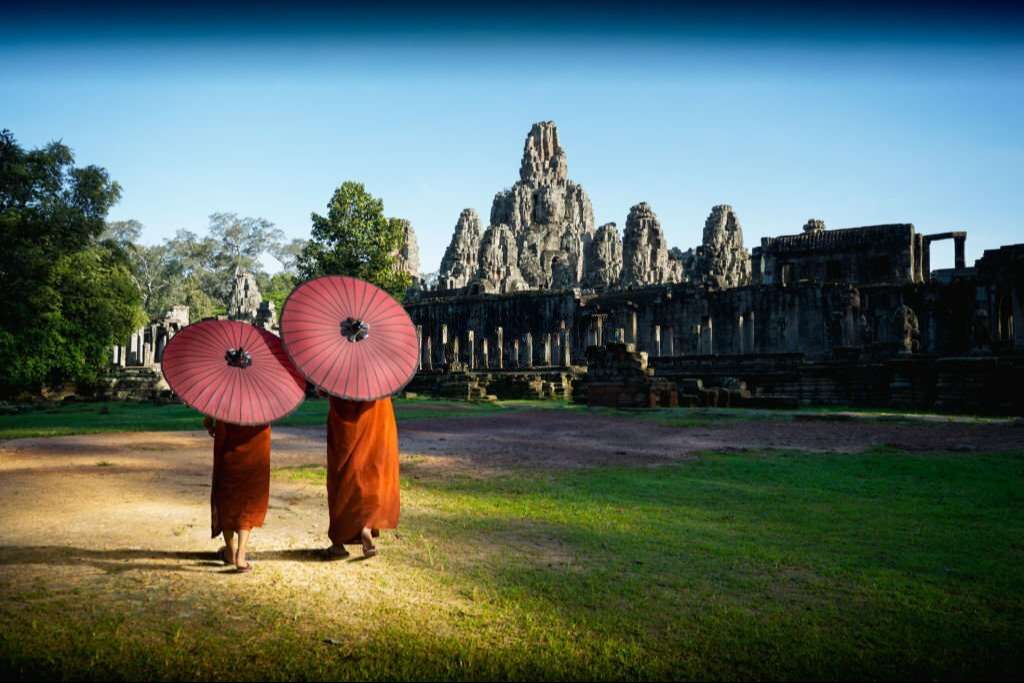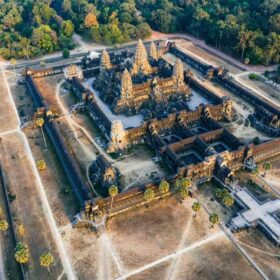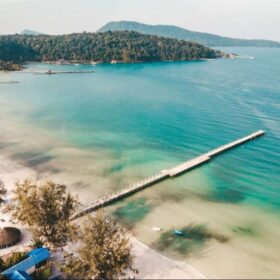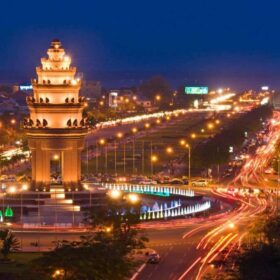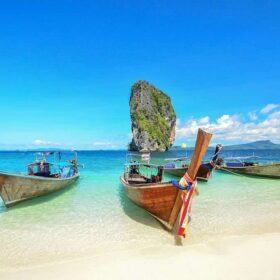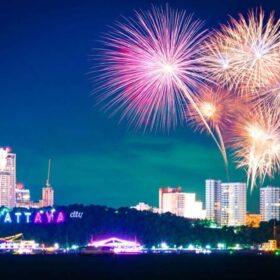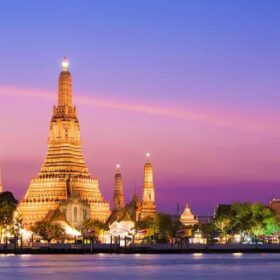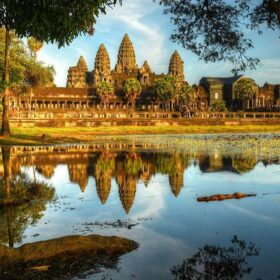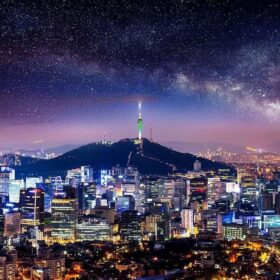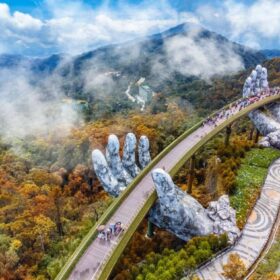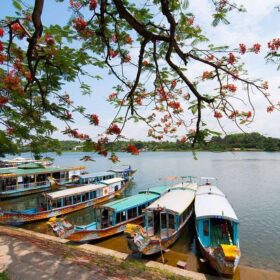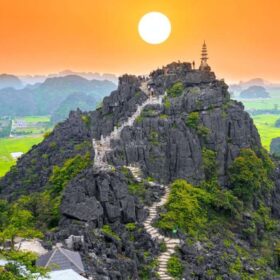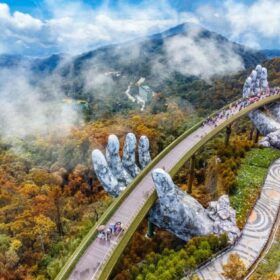Traveling all the way to Southeast Asia and missing out on a visit to Siem Reap would be a missed opportunity. This city, known for its awe-inspiring and mind-blowing collection of ancient temple ruins at Angkor Wat, has the potential to become the highlight of your trip.
Beyond the captivating temple tours, Siem Reap, located in the northern region, offers a rich tapestry of culture, history, and vibrant holiday experiences. Immerse yourself in war museums to learn about the areas affected by landmines.
Siem Reap provides a range of comfortable accommodation options, from new budget hostels to luxurious hotels with pristine pools. With so many prized features to explore, spending a week or more in Siem Reap is easy. Let’s delve into the best things to do in Siem Reap:
Angkor Wat
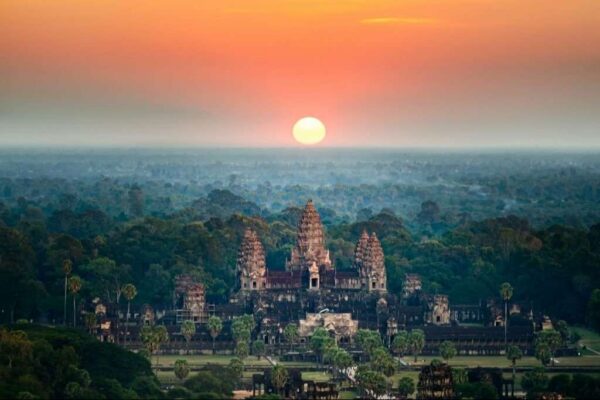
Enchanting, enigmatic, and undeniably captivating, Angkor Wat ranks among those must-visit destinations that should be on everyone’s travel list. This colossal Buddhist temple complex, the largest of its kind globally, was painstakingly constructed over a span of 30 years during the 12th century (113-5 BC), covering an expansive area of over 208 hectares (500 acres).
Legend has it that Angkor Wat was erected as a funerary temple for King Suryavarman II, with each architectural element symbolizing different phases of life, death, and the beyond. As you wander through the remnants of a bygone civilization, ascending marble staircases and passing through stone-carved archways, you will gain architectural insights into a world long lost to history.
It is highly advisable to engage an English-speaking guide to accompany you, leading the way from one temple to another while providing explanations about each structure and its significance. You can easily find these guides offering their services near the temple entrances, or you can opt for organized tours, which offer flexible options, including 1-day, 3-day, and even 1-week tours, allowing you to explore as much as you desire.
Angkor National Museum
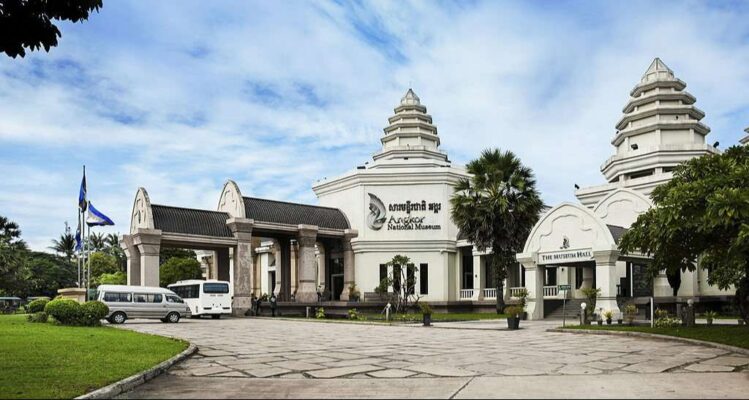
Complementing a visit to Angkor Wat admirably, this contemporary museum excels at elucidating and unraveling the history of the Angkorian era. It achieves this through audio-visual presentations, informative display boards, and a meticulously curated assortment of Khmer artifacts sourced from the temples within the site, as well as artifacts from various archaeological sites across Cambodia.
Exploring this museum proves to be one of the most effective means of comprehending the diverse epochs of the Angkorian period and the succession of monarchs who vied to surpass one another with their ambitious temple construction endeavors.
Noteworthy highlights include the introductory gallery, which houses a collection of 1,000 Buddha images spanning different eras; Gallery A, which provides insights into the establishment of the Khmer Empire; and Gallery C, a dedicated section chronicling the lives of the four most prominent monarchs of the Angkorian era: Jayavarman II, Yasovarman I, Suryavarman II, and Jayavarman VII.
The Old Market
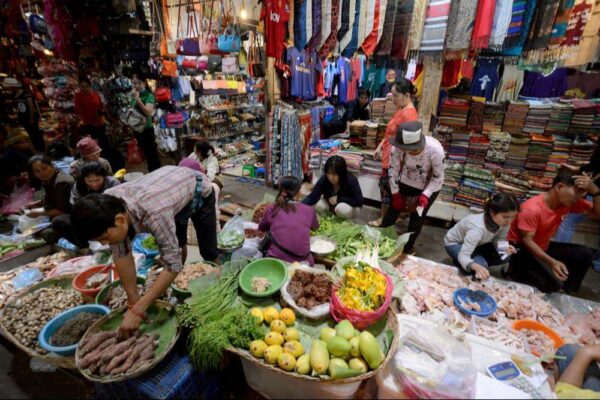
Experience local life at The Old Market, locally known as “Psar Chaa.” Dating back to the 1920s, this is the go-to place in Siem Reap where residents shop for their groceries, grains, and meats to prepare home-cooked meals.
The market is organized into distinct sections, each offering a variety of goods. Visit the fruit section to enjoy locally priced organic fruits like mangosteens and dragon fruit. Stroll down the dimly lit alleyways of the meat section, where you’ll find freshly made sausages hanging on strings, or explore the rows of vendors seated on straw floor mats, selling dried seafood.
Additionally, you will discover sections dedicated to clothing, handicrafts, and spices—ideal for selecting gifts to send back home.
Koh Ker
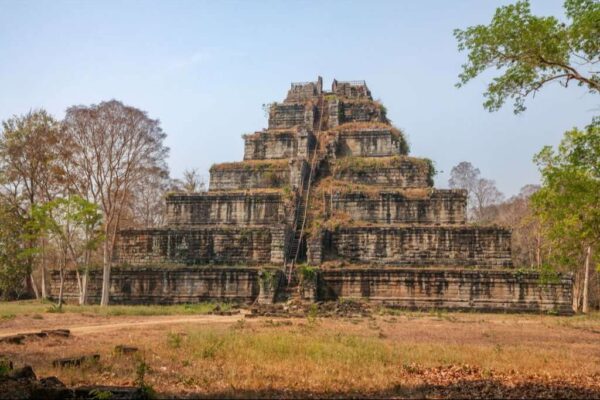
After exploring the expansive temple complexes of the Angkor Archaeological Site, make your way 116 kilometers northeast of the town to the secluded temples of Koh Ker, nestled amidst lush forests.
Constructed in the 10th century, Koh Ker briefly served as the capital of the Angkor Kingdom during the reign of Jayavarman IV. Among the remarkable temples built by Jayavarman IV, the most striking is the tiered pyramid temple of Prasat Thom, towering at 40 meters in height. You can ascend the steep staircases for panoramic views from the summit.
Following your visit to Prasat Thom, proceed to the southern end of the cleared area to admire the exquisite temple of Prasat Bram. Its towers are partially enveloped and intertwined with tree roots, creating a captivating scene.
Banteay Srey Butterfly Centre
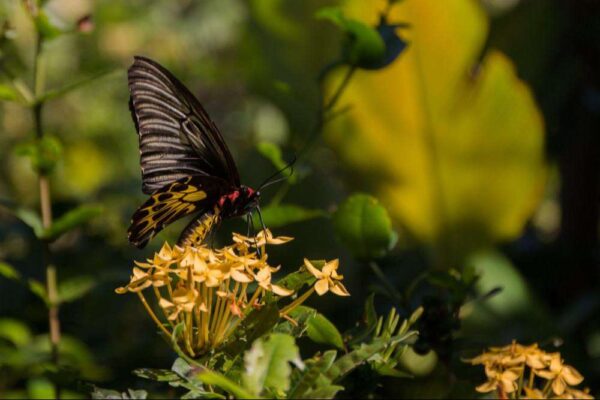
For butterfly enthusiasts, nature lovers, and families with kids, here’s an experience in Cambodia that you shouldn’t miss. Visit this butterfly sanctuary and conservation center for a unique opportunity to get close to your favorite insects.
Explore the interactive butterfly exhibit, where dozens of Cambodian butterfly species fly freely. The enclosed garden is designed to resemble a rainforest, providing a natural habitat for the butterflies. If you stay still, some of these beautiful creatures may even land on you for a brief rest.
You can also opt for an educational tour with a guide who will explain the various stages of the butterfly lifecycle. The Banteay Srey Butterfly Centre is open every day of the week from 9 a.m. to 5 p.m.
The Apsara Dance Performance
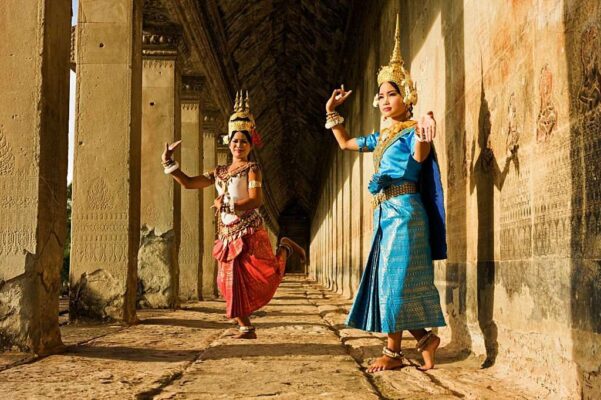
The Apsara Dance performance is a captivating blend of Cirque du Soleil and a Native American Pow Wow.
The term “Apsara” means “beautiful girls” in Khmer, and historically, this dance was performed by girls believed to possess supernatural powers. Its origins date back to the time of Suryavarman II during the Angkorian era when these goddess-like dancers exclusively performed for the royal family.
Today, you can experience the grandeur of royalty by securing a ticket for the evening performance. The show is a fully-fledged production featuring enchanting dancers, intricate costumes, professional lighting, and immersive backdrops, lasting for over an hour.
Angkor Centre for Conservation of Biodiversity
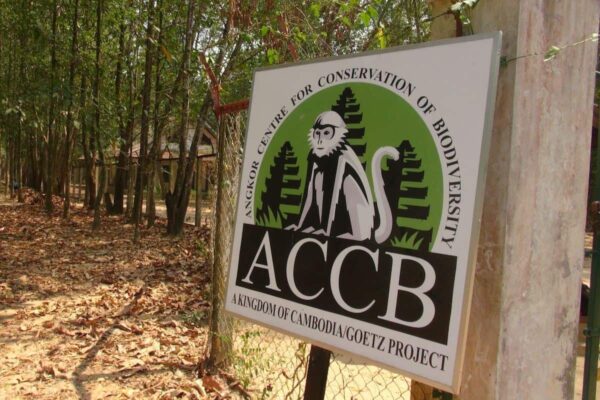
Don’t miss this opportunity to have a close encounter with Cambodia’s native animals while also contributing to a noble cause.
In Siem Reap, you will find one of the most crucial wildlife conservation centers in northern Cambodia. The Angkor Centre for Conservation of Biodiversity is dedicated to advancing species and habitat preservation through various initiatives, including species breeding, animal rehabilitation, community education, conservation, and research.
The center offers two guided tours during the day, one at 9 a.m. and another at 1 p.m. During these tours, passionate and knowledgeable guides will explain the process of rehabilitating otters, porcupines, birds, and other animals, preparing them for reintroduction into their natural habitats.
Cambodia Landmine Museum
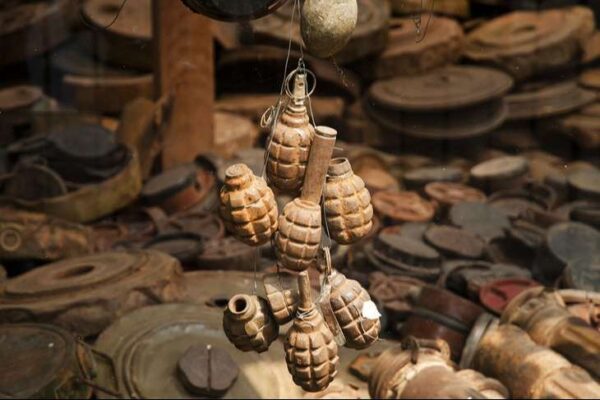
Decades have passed since both the Vietnam War and the Khmer Rouge regime, yet life-threatening reminders still lurk in Cambodia’s fields, with a staggering 6 million landmines remaining. The Cambodia Landmine Museum in Siem Reap provides the most comprehensive education about the who, what, and why of landmines in Cambodia.
In addition to a history lesson and an up-to-date overview of the landmine situation, you will also have the opportunity to closely examine both active and detonated landmines. This visit will shed light on how landmines have impacted local communities and showcase the ongoing efforts to eliminate these hidden hazards.
Kulen Nature Trails
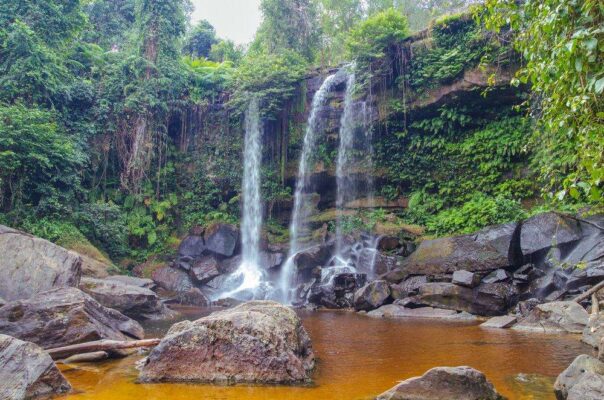
To find a guide for the Kulen Nature Trails, consider talking to a tuk-tuk driver who can assist you. These rainforest trails conceal hidden treasures such as ancient temples, revered monasteries, and cascading waterfalls. You’ll stroll alongside a picturesque river and beneath the cooling shade of trees, providing a welcome respite from the heat.
Upon reaching the waterfall, you will encounter vendors selling snacks and beverages. It’s a good idea to stock up here and enjoy a picnic beneath one of the pagodas next to the waterfall.
For the best experience, plan your visit during the dry season. Hiking during the rainy season can lead to muddy and less enjoyable paths. Additionally, starting your hike in the morning can help you avoid encountering large groups of tourists.
Take a Boat Tour of the Tonle Sap Villages
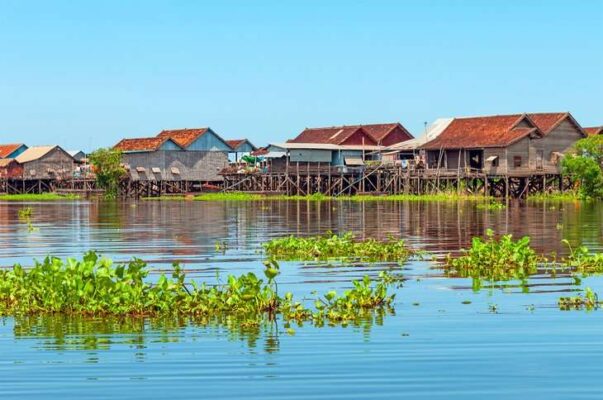
To get a glimpse of life on Tonle Sap, the largest lake in Southeast Asia, there are several villages that can be easily reached from Siem Reap.
Typically, these villages are explored by boat, either through organized tours from Siem Reap or by arranging independent trips with local boat operators upon arrival at the lakefront.
One of the top destinations on Tonle Sap is Kompong Khleang, located 55 kilometers southeast of Siem Reap. It boasts a community-based boat tour company, as well as individual boat operators. Kompong Khleang is a spacious lakeside town characterized by a combination of elevated stilt houses, designed to prevent flooding during the wet season, and other communities where buildings are positioned on buoyant platforms at the lake’s surface.
Another intriguing village is Kompong Phluk, situated 32 kilometers southeast of Siem Reap, also renowned for its stilt-house architecture along the lakefront. Some of the stilts in this area reach heights of over six meters.
Cycle around the Countryside
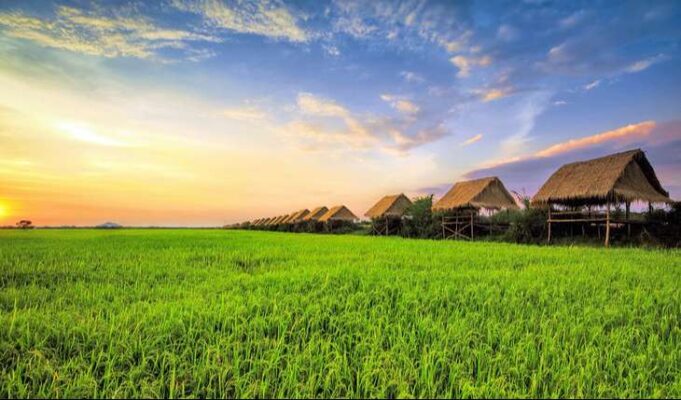
Exploring authentic Cambodia can be best experienced through a countryside cycling tour. Join the “Off the Beaten Track” tour offered by Butterfly Tours Asia, where you’ll pedal through the Siem Reap villages, providing you with valuable insights into the daily lives of rural Cambodians.
This 4-hour adventure covers a distance of 20 kilometers and includes an English-speaking guide. During your journey, you’ll traverse rice fields, encounter leisurely cows, visit Khmer villages, and witness the activities of busy farmers. The locals you meet along the way are known for their friendliness, and the children will be particularly excited to see you.
Butterfly Tours also provides cycling tours that explore Angkor Wat and the interconnected trails running between the temples, allowing you to choose the experience that suits you best.
FAQs
Q: Is Siem Reap safe for tourists?
A: Siem Reap is generally safe for tourists, with a friendly local population. However, like any other destination, it’s essential to exercise common-sense precautions and be aware of your surroundings.
Q: What is the best time to visit Siem Reap?
A: The best time to visit Siem Reap is during the dry season, from November to March when the weather is cooler and more comfortable for exploring.
Q: How do I get to Siem Reap from the airport?
A: Siem Reap International Airport is well-connected to major cities in Asia. Tuk-tuks and taxis are readily available for transport to the city center.
Q: Do I need a visa to visit Cambodia?
A: Many nationalities can obtain a visa on arrival in Cambodia. However, it’s advisable to check the latest visa requirements before your trip.
Q: What currency is used in Siem Reap?
A: The official currency of Cambodia is the Cambodian Riel (KHR). However, the US dollar is widely accepted, and most transactions are conducted in US dollars.

